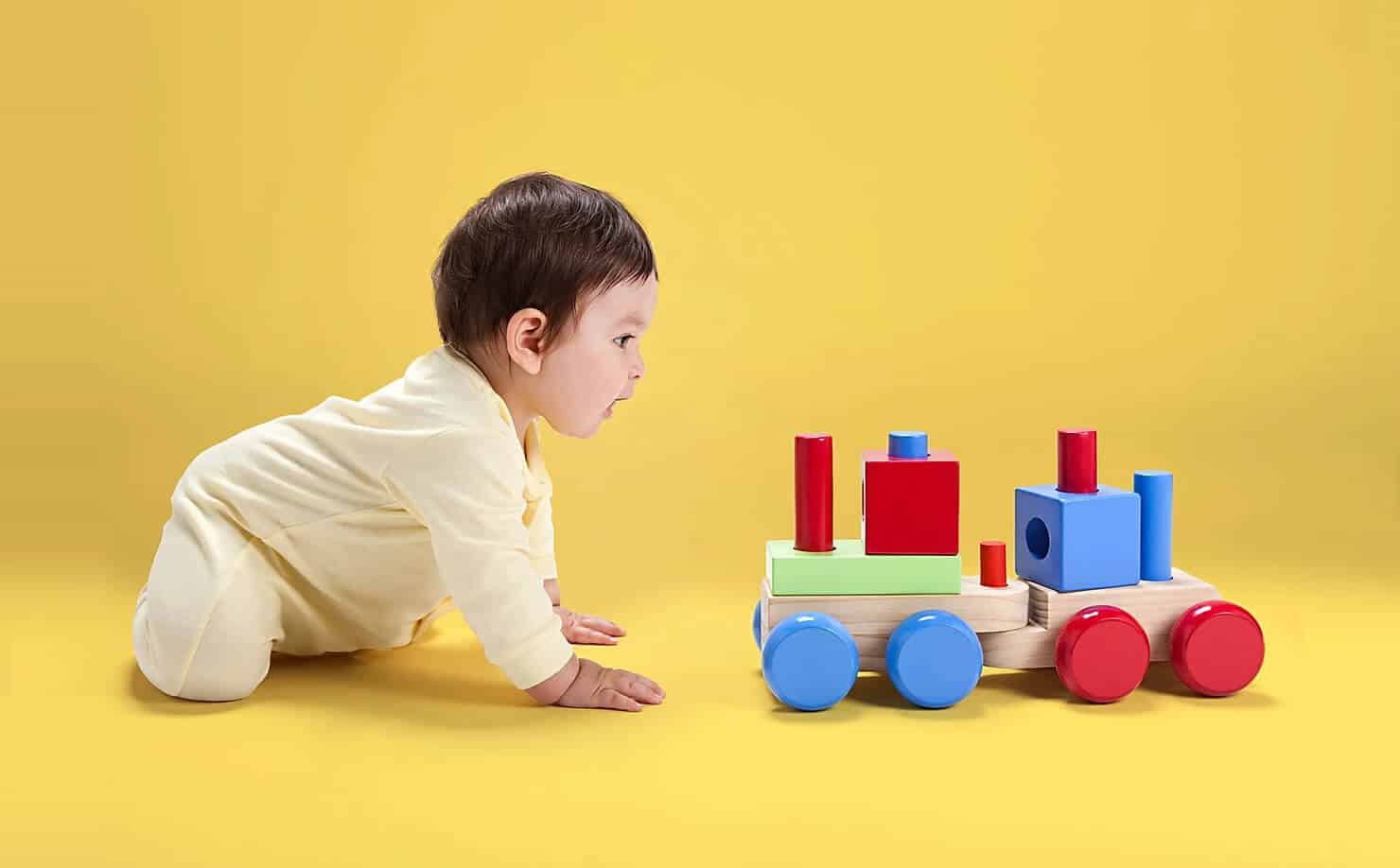December is the time for giving. Parents and grandparents hope that the gifts they give loved ones will create memories to last a lifetime. Unfortunately, some toys have such high capacities for noise that they can leave children with lifelong hearing loss. With a little planning, you can ensure that you won’t be risking your child’s hearing health.
Dangerous Decibel Levels
Myth #1: Only teenagers are at risk of losing their hearing due to noise.

Yes, teenagers can be at risk of hearing loss if listening to music or noise at too loud of volumes or for too long of a period. However, many people overlook the habits of toddlers and babies. Babies explore their environment with all of their senses, whether that is putting a toy in his or her mouth or holding it to the ear. The American Speech and Hearing Association (ASHA) notes that if a child has an already noisy toy (90 decibels) and holds the toy to his or her ear, the volume at the level of the ear can reach that of a jet engine! (120 decibels).
Myth #2: Only loud music will harm a child’s hearing.
Limiting the volume of loud music using parental controls is always recommended. However, there are other sources of unwanted noise, which can damage the ears:
- Sirens on toy automobiles
- Squeaky toys
- Music from toy speakers
- Cap guns
- Karaoke machines
- Video games
- Air horns
- Popping balloons
On November 29, 2017, The American Academy of Audiology released a statement advising parents to be cautious about noise-induced hearing loss in children. In fact, something as simple as popping balloons can have detrimental effects due to high levels of noise: “A study released in January, 2017 by researchers with the University of Alberta in Canada, determined the noise levels of popping balloons. They studied popping them with a pin, blowing them up until they ruptured and crushing them until they burst. The ruptured balloons clocked in at 168 decibels, four decibels louder than a 12-gauge shotgun.”
Myth #3: The damage is not permanent. “Hearing damage can be from a one-time exposure or cumulative exposures,” said Craig Kasper, Au.D., Audiologist with The American Academy of Audiology
If your child has a history of ear infections, fluid in the ear or even ear tubes, you are no stranger to the effects of hearing loss: lack of focus, possible behavior problems and repeatedly needing repetition. Thankfully, proper medical management alleviates these symptoms by treating the infection.
Unlike temporary hearing loss caused by infection, hearing loss from noise can be permanent if the sound is too loud or the child hears the loud sound continuously. No toy is worth the negative effects of hearing loss.
How do I prevent noisy toys from damaging hearing?
ASHA and The American Academy of Audiology recommend the following tips to avoid the hazards of noisy toys:
- Test the toy with a smart phone sound level meter app before buying. If the toy makes sounds at 85 decibels or louder, do not purchase.
- Test the toy with your own ear before purchasing. If it sounds loud, do not buy it.
- Take batteries out of noisy toys at home.
- Place tape over the speaker of noisy toys at home.
- Get rid of the toy.
If you or a loved one would like to learn more, visit the Sight & Hearing Association for a full list of 2018 noisy toys.


